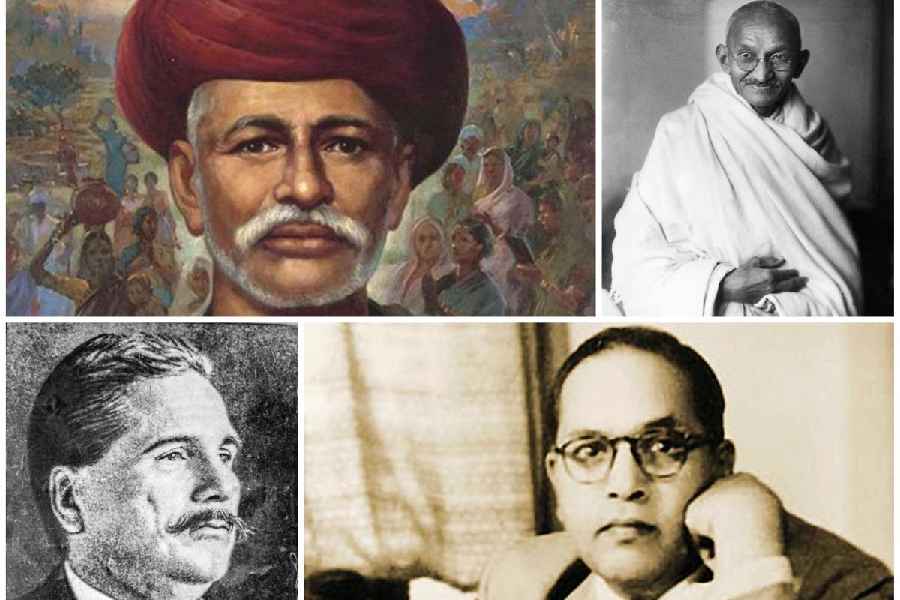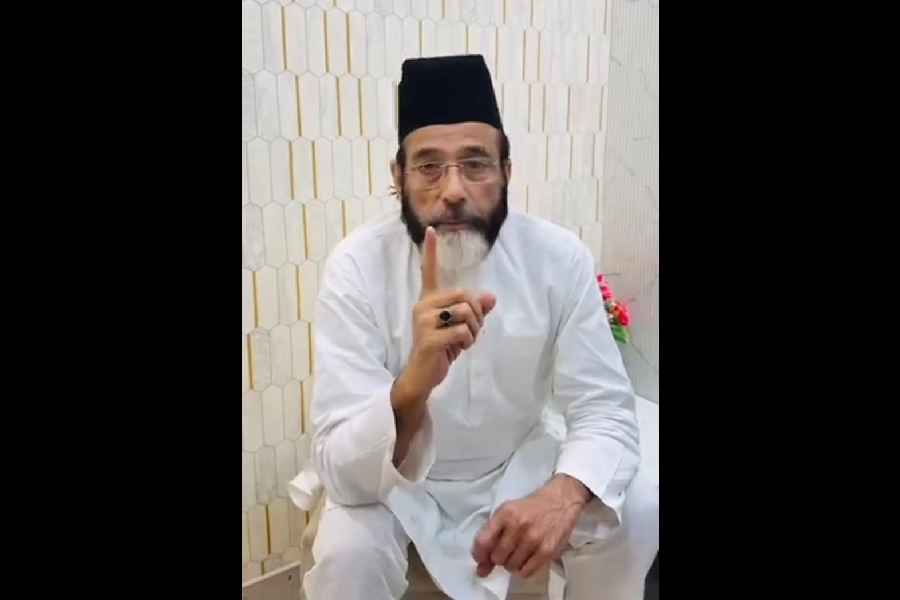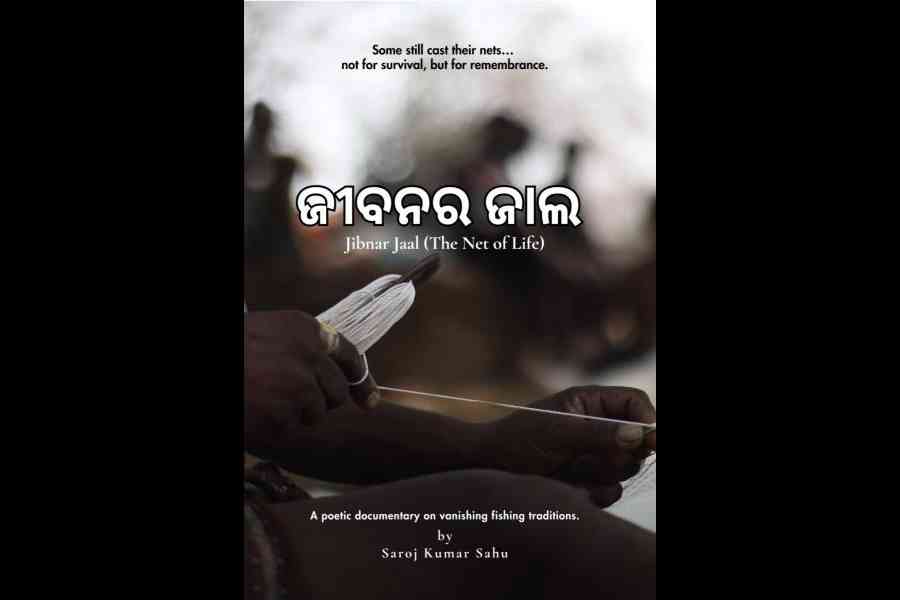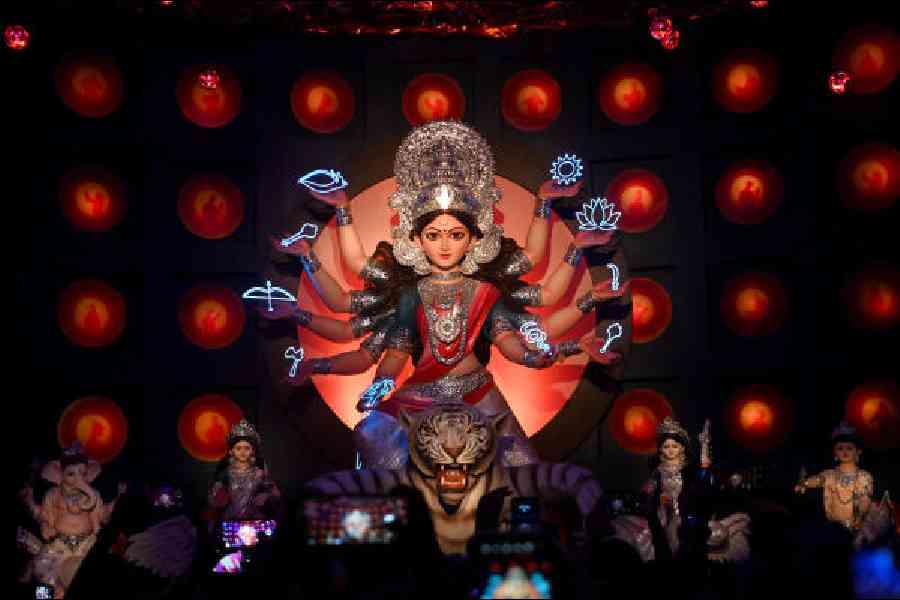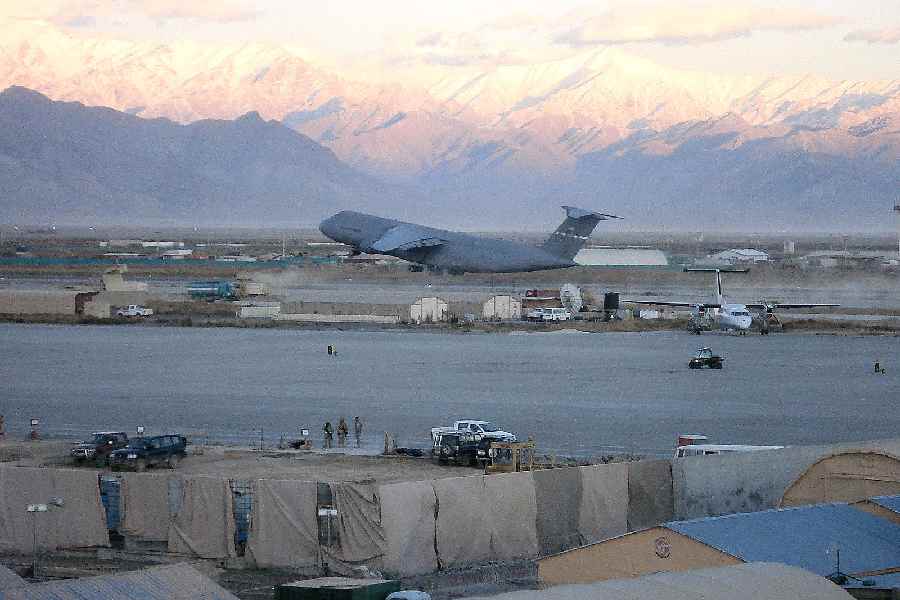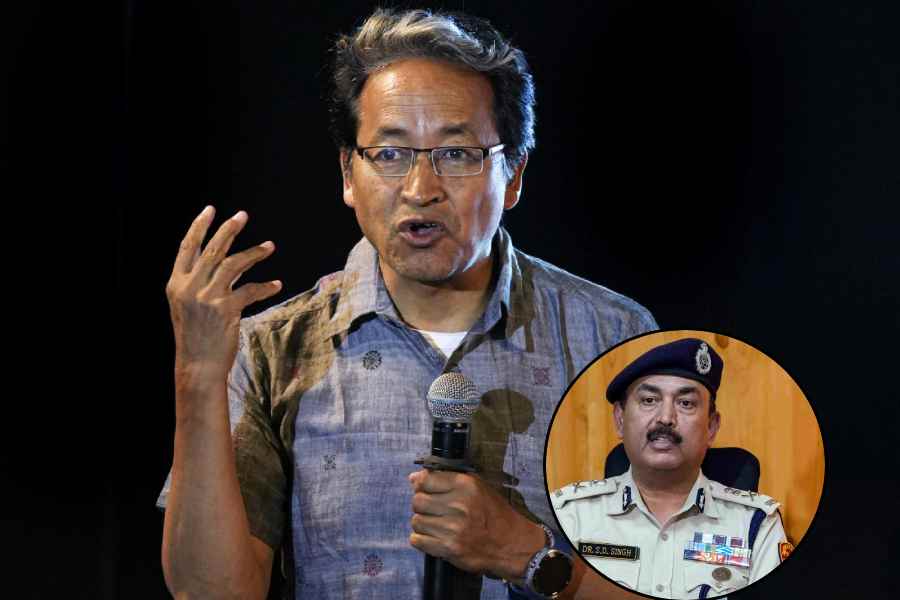
|
| For many urban Indian couples an open marriage, where each has extra-marital relationships with the knowledge of the other, has become an exciting new way to spice up their sex lives. Varuna Verma on how the rules of modern marriage are being rewritten |
|
In her seven years as a clinical psychologist, Chetna Duggal had counselled scores of couples coping with infidelity. Even then, the Saxenas left her stumped. Mahesh and Savita Saxena — who approached the Mumbai-based doctor for therapy last year — had an open marriage. That is, they had mutually agreed to have sexual liaisons outside matrimony. They weren’t going to hide their affairs from each other. The Saxenas lived the typical urban, upper middle-class life — corporate jobs, double incomes, two children, a comfortable apartment and fun friends. “But after a decade of marriage, they realised the spark had gone. To jazz up their lives they decided to seek relationships outside,” recalls Duggal, who also teaches psychology at the Tata Institute of Social Sciences, Mumbai. The number of couples opting for open marriages is on the rise across metros in the country. Till some years ago, barely a few — if any at all — approached counsellors about problems relating to open marriages. The trend, though still nascent, has been gaining currency — which prompted Duggal to present a paper on the subject at the International Conference of Psychology in Cape Town in July this year. “There is still a lot of emphasis on staying in a marriage. The priority is on keeping the parental unit intact for the sake of the children involved — even though the couple unit breaks down,” explains Duggal. Her study explored the social context in which such mutually-agreeable, satellite relationships are becoming a part of marriages and how therapists should counsel such couples. The Saxenas, indeed, needed counselling. Trouble began when Mahesh’s bond with a colleague started strengthening. “Savita panicked, became depressed and sought therapy. She didn’t want the marriage to break as the children would suffer,” recalls the psychologist. The rules of modern marriages, clearly, are being rewritten. “Today, there are more ways of organising relationships and exploring sexuality than ever before. Open marriages are one of the many new kinds of relationship arrangements that are being forged by urban Indian couples, the others being live-ins, extramarital liaisons and one-night stands,” says Bangalore-based sociologist G.K. Karanth. Not surprisingly, this trend has begun to be documented in books and cinema. Author Ira Trivedi’s non-fiction book Love, Sex and Marriage in 21st century India — which will hit the stands next year — looks at the phenomenon of open marriages and spouse swapping or swinging clubs sprouting across Indian metros. Spouse swapping — where couples switch partners for a night or more with another couple — is a part of open marriages. It is also the theme of the Bollywood film Mixed Doubles, released a few years ago. The idea was born out of a casual cocktail party discussion with friends, says Sunil Doshi, CEO of Alliance Media, the film’s producers. “Many couples opined that if a marriage was not happy, it was perfectly reasonable for both partners to seek a relationship outside,” says Doshi, adding that the film was well-received by urban audiences. That the trend has been accepted by parts of the middle class became apparent to Trivedi when she attended a swinging party at a farmhouse on the outskirts of Delhi. “It’s a fortnightly affair, where married couples — all in their 30s and 40s — meet to explore their sexuality,” says Trivedi. After dinner, the host introduces the couples — all handpicked by him — after which they start interacting with each other. Mumbai psychiatrist Harish Shetty believes open marriages are most likely to be found among couples in this age group. It’s becoming the new way to battle the seven-year itch — the period that is traditionally believed to lead to marital discord. The 40s is also the age when men begin to feel they are losing their mojo. “So they want to go out and prove to themselves that they are still virile,” reasons Shetty, who counsels four to five couples in open marriages every year. Open marriages are not just a pact of the convenient infidelity that suits husbands. Women are often game too, says Duggal. As women become financially secure, they are more assertive of their emotional and sexual needs. “If a marriage doesn’t meet their psychologically needs, many urban women seek outside relationships — at times, openly.” In another age, men would have baulked at the thought of their wives having sex with others. But Duggal holds that urban men are also changing. “Till a decade ago, infidelity was reason enough for separation. But now men are willing to work around it,” she says. Take the case of Shalini and Rohit Kapur, whom author Trivedi met while researching for her upcoming book. The Gurgaon-based couple, in their 40s, are senior executives in multinational firms. They met as B-school students and were married after college. But with both leading hectic, high-travelling lives, they began to drift apart, emotionally and physically. “This created a lot of tension between them and one day they decided to sit and talk it out,” relates Trivedi. The solution that the Kapurs mutually arrived at was an open marriage. “Both are happy with the arrangement,” says the author. They have found intellectual and sexual stimulation outside marriage. They remain a couple, to provide a secure home to their son and pay their joint bank loans, adds Trivedi. Behind the newly emerging trend is a combination of factors. Stressful jobs lead to domestic problems, which in turn prompt partners to look for succour outside marriages. Couples work long hours in the company of other colleagues, who often become their bedmates. “Office spouse” is how Padmini Prasad, director, Institute of Sexual Medicine, Bangalore, refers to such couples. “Open marriages are on the rise in urban India because people have more opportunities to get into outside relations,” she says. Today, working professionals spend more time in office, with colleagues, than at home. “Professional proximity develops into emotional and sexual closeness,” explains Prasad. The Internet also gives them easy access to couples in similar situations. “The Internet has broken sexual barriers,” says sexologist Deepak Arora, who runs an online sexual health clinic. “It provides a safe and an anonymous way to meet and interact.” Arora believes open marriages are becoming acceptable because of a growing trend of sexual experimentation. Lately, P.S. Murthy has been dodging an unusual request from his patients. “Couples come to me on the pretext of sexual health counselling. Then they ask for contacts of couples interested in spouse swapping,” says the consultant psychiatrist and sexologist at Manipal Hospital, Bangalore. He tells them to search the Internet. “Most couples get into spouse swapping to spice up monotonous sex lives,” he explains. Open marriages find takers because they are sometimes seen as solutions to rickety marriages. It’s a way out for couples facing the trauma of infidelity — which has seen a huge rise in recent years, holds Arora. “Rather than having clandestine affairs, some couples prefer to be open and honest with each other,” he says. He counsels about eight to 10 couples in open marriages every year — a decade ago, there were barely any. But swapping partners is not always a happy experience, warns Dayal Mirchandani, psychologist and founder, Behavioral Science Foundation, Mumbai. “At times women get forced into such arrangements,” he says. He recalls counselling a 40-year-old interior designer a year ago. “Her husband had found his way into an online swinging club and forced her to join. She felt depressed and used,” he says. Minnu Bhonsle, consulting psychotherapist and relationship counsellor at the Heart to Heart Counselling Centre, Mumbai, also believes open marriages don’t work in the long term. In the first place, extramarital liaisons — open or clandestine — are an outcome of discontented marriages. “People opt for such arrangements only when they are not being emotionally or sexually gratified by their partners,” she says. Despite couples who think open marriages help them stay happy, often they lead to tensions and breakdowns. At times, the outside partner starts demanding more time and energy. “This also takes a toll on the marriage with both partners being pulled in different directions,” she says. Children of partners in open marriages are also adversely affected. “They get impacted the most and start displaying emotional problems. They may become promiscuous themselves, as they see their role models do the same,” explains Bhonsle. A middle-aged Mumbai couple had brought their newlywed daughter to her for counselling last year. “Their daughter was having an extramarital affair. When I questioned her, she said her parents had done the same, and openly.” Of the 50 new cases of couple counselling that Bhonsle gets every month, 10 come with problems arising from open marriages. Y.A. Matcheswala, head of psychology, Masina Hospital, Mumbai, says an open marriage is usually not a happy arrangement for couples. An extramarital relationship is not just about finding a bed buddy, he says. “Many times emotional needs drive people into another’s arms.” Bhonsle has drawn a therapy plan for couples who contemplate being in an open marriage during counselling sessions. “I do a time projection and ask them to visualise their lives 10 years on. What emerges is usually an unhappy picture,” she says. |
 Sunday, 28 September 2025
Sunday, 28 September 2025




